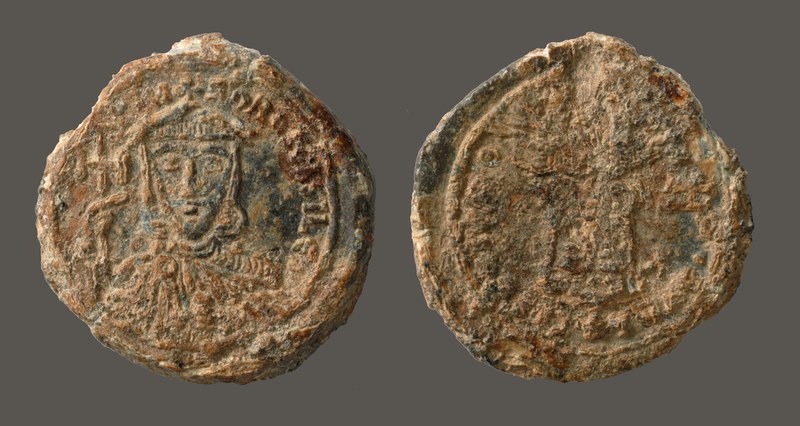
Nikephoros was a capable ruler whose path to the throne—the deposition of Eirene—and refusal to persecute former Iconoclasts provoked vituperation from later, mostly monastic, chroniclers. During his short time on the throne he strengthened imperial finances and provincial integrity after the largely ineffectual reigns of Leo IV, Constantine VI, and Eirene. Serving as logothetes tou genikou under his predecessor, he was proclaimed emperor by high civil officials. He undertook several fiscal and administrative reforms, most importantly an increase and expansion of taxation. In military and foreign policy, Nikephoros had a mixed record. He was successful in recovering many parts of Greece and organizing several themes there, setting the scene for the Byzantine revival in the peninsula. Further west Nikephoros was unable to defend Venice from seizure by Pepin in 810. With the Abbasid Caliphate at the height of its power he was forced to sign a treaty with Harun al-Rashid. As part of his strengthening of the Byzantine position in the Balkans Nikephoros campaigned against the Bulgars, sacking their capital Pliska. However, during an initially successful campaign in 811, which saw the Bulgars defeated and suing for peace, Nikephoros was killed by the Bulgar khan Krum in an ambush. He was the first emperor to die in battle since Valens in 378 at the battle of Adrianople.
























































